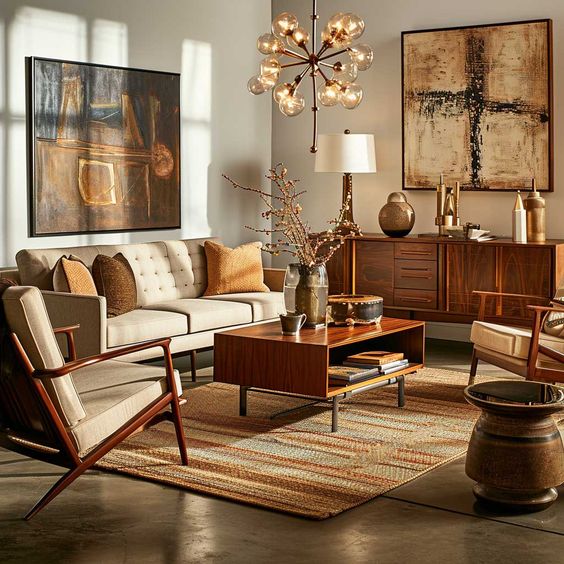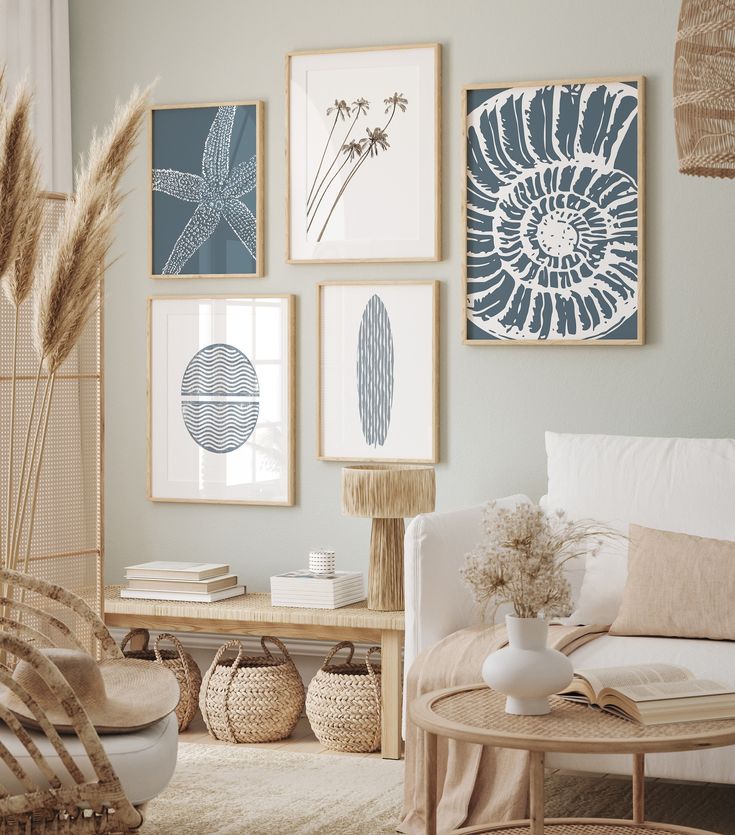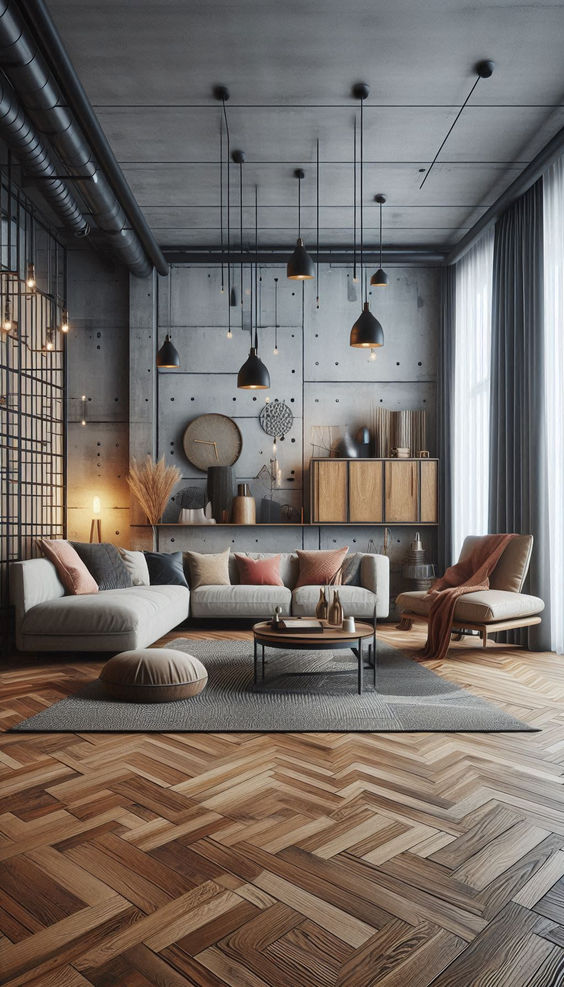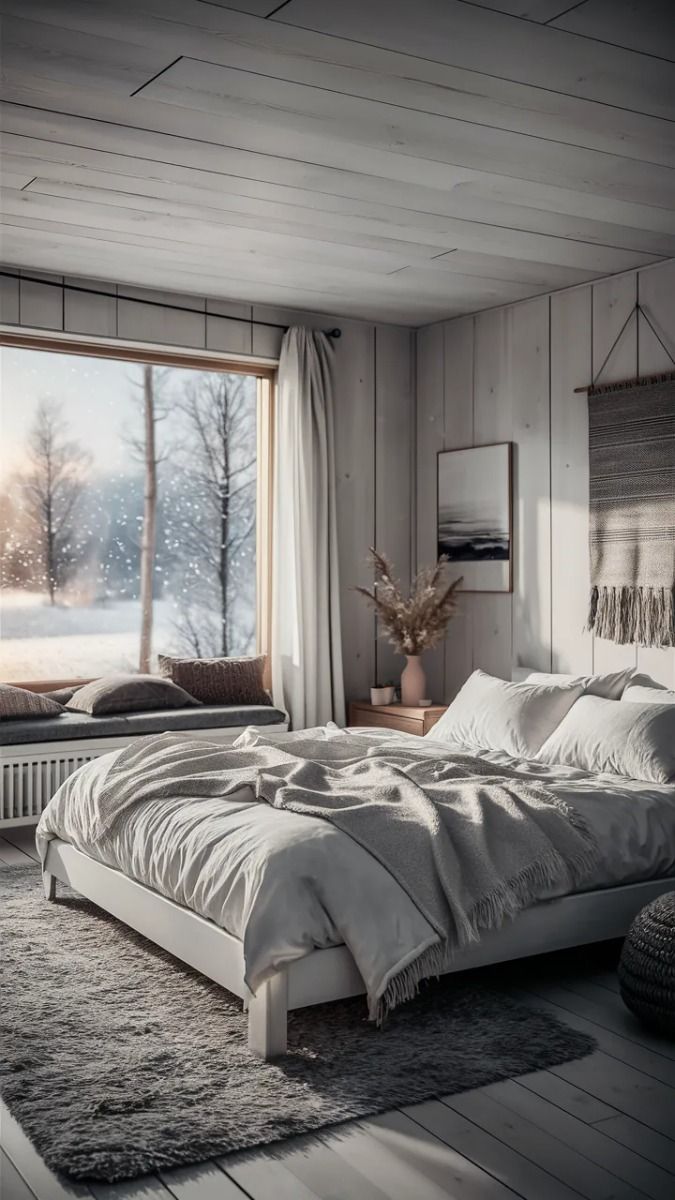Mid-century modern design is one of the most beloved and enduring styles in interior design today. Originating in the mid-20th century, it emphasizes simplicity, functionality, and elegance. Furniture and decor from this era are instantly recognizable for their clean lines, geometric shapes, and bold use of materials. What makes mid-century modern so special is its ability to combine form and function seamlessly, creating pieces that are not only beautiful but also practical.
This design style emerged during a time of social and technological change, particularly in the 1940s through the 1960s. Post-World War II, there was a newfound interest in modernity, innovation, and progress. Designers were eager to break free from the past, creating pieces that reflected a forward-thinking, minimalist aesthetic. The goal was to craft furniture and spaces that felt fresh, open, and functional.
Clean Lines and Geometric Shapes: The Heart of Mid-Century Modern
The hallmark of mid-century modern design is its clean lines and geometric shapes. Unlike the ornate and intricate designs of previous eras, mid-century modern pieces are characterized by their simplicity. Chairs, tables, and sofas often feature straight lines, sleek curves, and angular edges. These shapes aren’t just decorative—they are part of the philosophy behind the style: to create functional, uncluttered, and efficient designs.
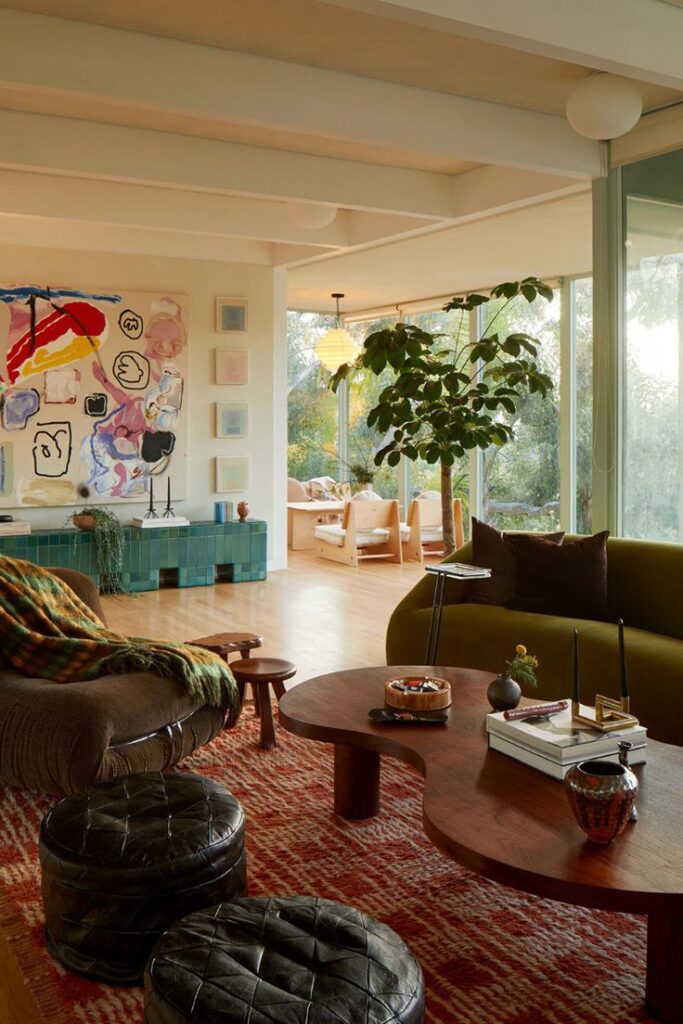
Geometric patterns are also a defining element of this style. Bold, abstract shapes often appear on textiles, wallpapers, and accessories. These geometric motifs bring an element of visual interest without overwhelming a space. The balance between form and function is key here—each piece serves a purpose but also contributes to the overall aesthetic in a meaningful way.
Functional Design: More Than Just a Pretty Face
One of the reasons mid-century modern design remains popular today is because of its functional approach to design. Furniture isn’t just about looking good; it’s about working well for everyday life. Designers like Charles and Ray Eames, George Nelson, and Eero Saarinen revolutionized furniture by focusing on ergonomics and practicality while maintaining a visually appealing style.
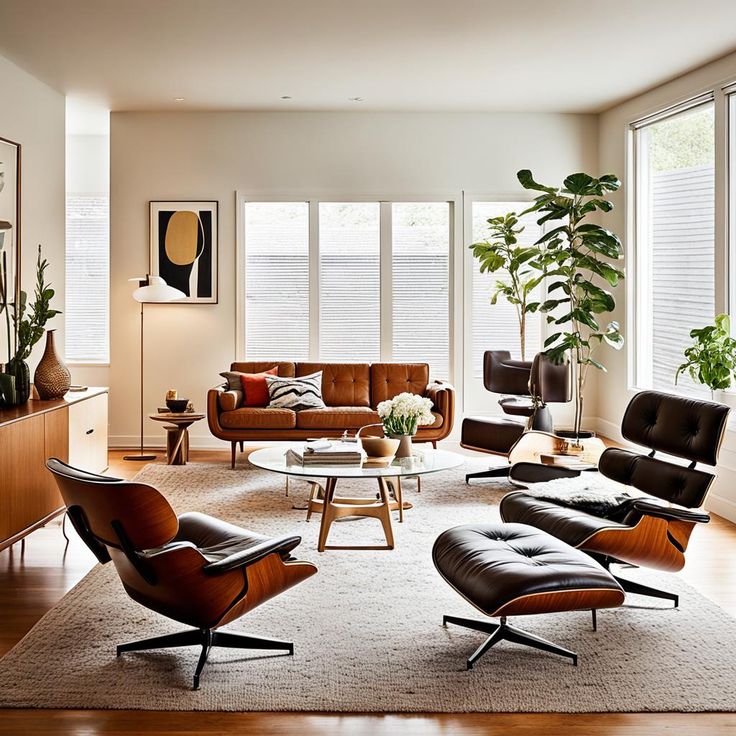
For example, the iconic Eames lounge chair combines comfort with striking design. It’s as much about providing support as it is about making a statement in a room. Mid-century modern furniture was built to last and to be used. Drawers glide smoothly, tables are the perfect height, and couches offer both style and comfort. This blend of functionality with beauty continues to inspire designers today.
Materials: A Blend of Natural and Industrial
Another distinctive feature of mid-century modern design is its innovative use of materials. While wood remains a central element, designers began incorporating more industrial materials like metal, glass, and plastic. The combination of natural and industrial elements created a fresh contrast that was both modern and welcoming.
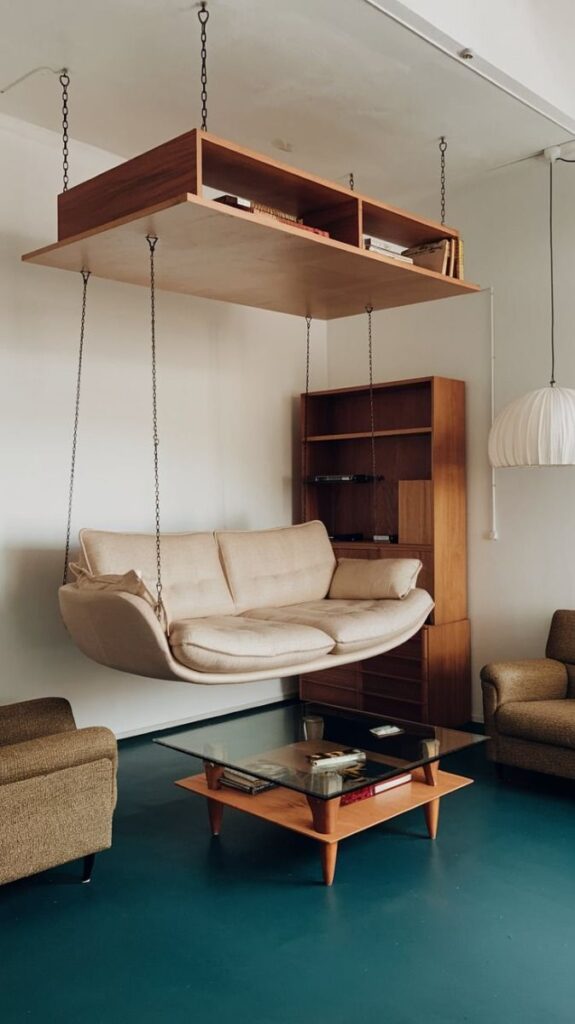
Wood, particularly teak and walnut, became synonymous with the mid-century aesthetic. It was used in everything from furniture to wall paneling, adding warmth and texture to the clean, minimalist lines. On the other hand, metal was often used for legs and frames, creating a more streamlined look. Metal accents could be found in everything from chairs to light fixtures, contributing to the modern and industrial feel of the design.
Plastic and fiberglass were also game-changers in the mid-century modern movement. These materials allowed designers to create pieces with organic, fluid shapes that would have been impossible to achieve with traditional materials. The famous Eames molded plywood chair, for example, is made from molded plywood and leather—an elegant blend of materials that still looks futuristic today.
Bold Colors and Patterns: A Fun Twist on Simplicity
Mid-century modern design wasn’t all about neutral tones and minimalist aesthetics. While the overall color palette often leaned towards earthy tones like mustard yellow, olive green, and rich browns, it also embraced bold, vibrant colors. Accent colors such as teal, orange, and red were often used to add energy and personality to spaces.
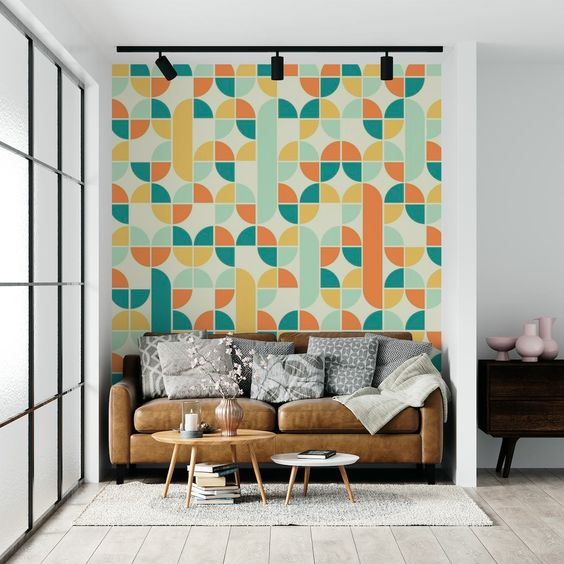
These bold colors were used sparingly, often in accessories like throw pillows, rugs, or artwork. The idea was to introduce just enough color to create visual interest without detracting from the clean, balanced design of the room. These pops of color often contrasted against more neutral backdrops, creating a sense of fun and liveliness in otherwise calm spaces.
Patterns, too, played a role in mid-century modern interiors. Geometric and abstract prints were common on textiles, wallpapers, and rugs. These patterns often echoed the clean lines and shapes that defined the furniture. Whether it was a bold chevron rug or a brightly patterned throw pillow, these playful designs helped balance the minimalist nature of the style with a sense of vibrancy and joy.
Iconic Furniture Pieces: Masters of Design
Mid-century modern design gave birth to some of the most iconic furniture pieces in history. Designers like Charles and Ray Eames, Arne Jacobsen, and George Nelson created chairs, tables, and storage solutions that have become synonymous with the style. These pieces are not only functional but also masterpieces of design.
Take the Eames Lounge Chair, for instance. This luxurious yet practical piece features molded plywood, leather, and a cushioned seat for ultimate comfort. Its timeless design continues to influence furniture designers, and it remains a favorite in homes and offices alike. The Eames Coffee Table and Eames Shell Chair are similarly iconic, combining sleek lines with innovative use of materials.
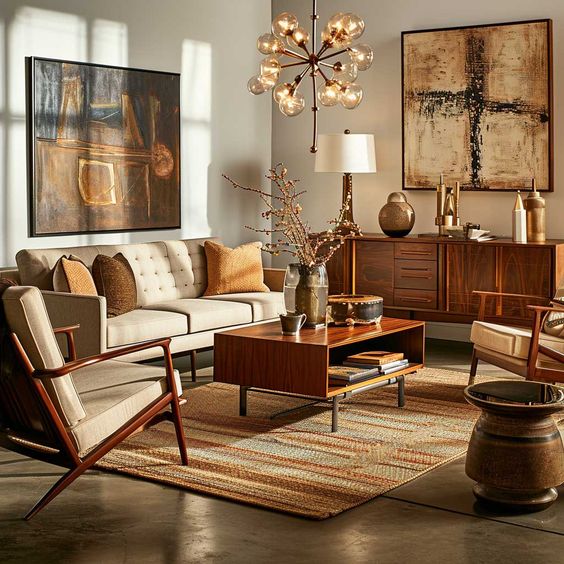
The Egg Chair by Arne Jacobsen is another example of mid-century modern genius. With its sculptural shape and swivel function, it embodies the style’s ability to combine aesthetics with practicality. These iconic pieces, designed for both style and comfort, are still as relevant today as they were when first introduced.
Also Read: Scandinavian Design: Celebrating Simplicity, Functionality, and Style
The Role of Open Spaces and Flow
Mid-century modern homes often emphasize open, flowing layouts. The idea is to create spaces that feel airy and connected, where rooms naturally flow into one another. This open-plan style was a departure from the traditional compartmentalized homes of the past, making homes feel larger and more inviting.
The open space also allowed for better use of natural light. Large windows, often floor-to-ceiling, became a hallmark of mid-century modern architecture. These windows helped connect the indoors with the outdoors, a design philosophy that continues to influence architecture today. The focus on light and space made these homes feel warm and expansive, despite their minimalist furnishings.
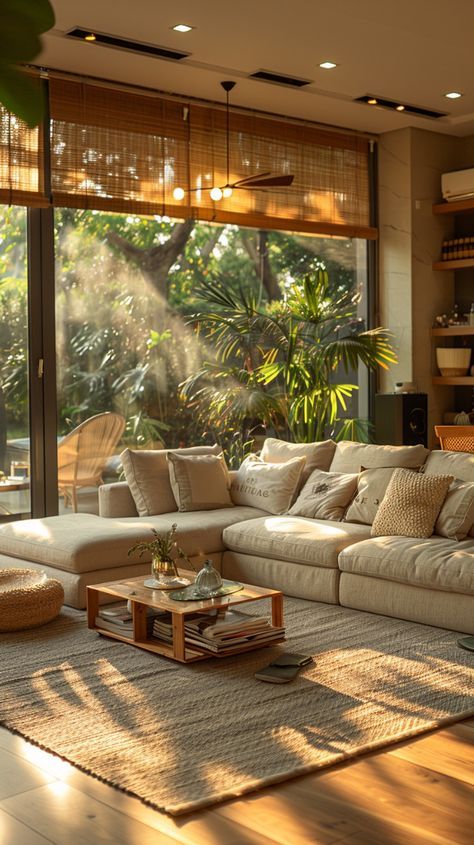
This emphasis on open spaces also extended to furniture placement. Instead of crowding a room with unnecessary pieces, designers aimed to create a few key, statement-making pieces that could stand on their own. Furniture was arranged in a way that allowed for easy movement and interaction, making mid-century modern homes ideal for modern living.
Mid-Century Modern and Sustainability
Interestingly, mid-century modern design also had an eye on sustainability. The use of durable, high-quality materials like solid wood and metal meant that furniture was built to last. The minimalist approach also meant that there was less waste—fewer pieces, less clutter, but more intentional design.
Today, sustainability is even more important than it was in the 1950s and 60s. The minimalist, functional nature of mid-century modern design fits perfectly with today’s desire for less waste and more thoughtful consumption. Buying fewer, better-quality items rather than filling a home with excessive decor is a value that resonates strongly today. Mid-century modern furniture is timeless for this very reason: it’s well-crafted, durable, and designed to stand the test of time.
Bringing Mid-Century Modern Into Your Home
You don’t need to live in a 1950s ranch-style house to incorporate mid-century modern design into your home. Start with key furniture pieces that reflect the clean lines and functionality of the style. Look for statement chairs, like an Eames lounge chair or a Saarinen tulip table, to anchor your space. Mix wood with metal accents for that perfect mid-century balance of natural warmth and industrial cool.
Add color in small doses—perhaps a bold rug, vibrant throw pillows, or artwork with geometric designs. Incorporate simple, modern lighting, such as a starburst chandelier or a sleek floor lamp, to add drama and elegance to the space.
Don’t forget to focus on layout and flow. Open up your space by choosing multifunctional furniture that doesn’t crowd the room. Use large windows to bring in as much natural light as possible, and let the space breathe. Even in a modern apartment or a smaller home, mid-century modern design can work wonders to create a space that feels timeless and sophisticated.
Conclusion: Why Mid-Century Modern Endures
Mid-century modern design remains one of the most influential and beloved styles in the world of interiors. Its combination of simplicity, functionality, and beauty has earned it a permanent place in homes and offices around the globe. The clean lines, geometric shapes, and innovative use of materials make it as relevant today as it was in the 1950s and 60s.
Whether you’re drawn to the iconic furniture, the playful use of color, or the balance of form and function, mid-century modern design offers something for everyone. By embracing its principles, you can create a space that feels both timeless and contemporary. Mid-century modern isn’t just a design style—it’s a celebration of simplicity, innovation, and enduring beauty.

